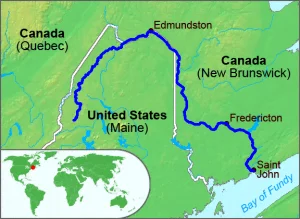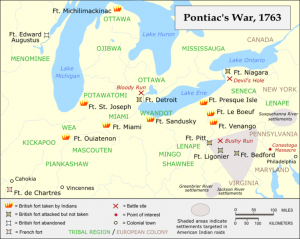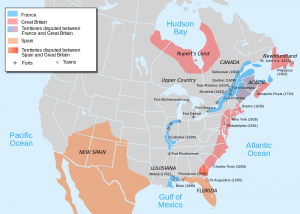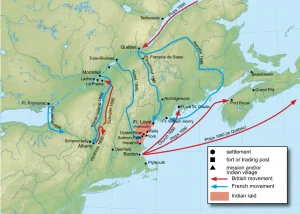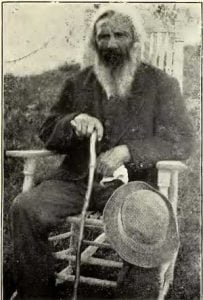Narrative of the Captivity of Quintin Stockwell – Indian Captivities
Quintin Stockwell, Who was taken at Deerfield, in Massachusetts, by a Party of Inland Indians, in the Year 1677; Communicated in his own Words, and Originally Published by the Eminent Dr. Increase Mather, in the Year 1684. A particular account of the interruption in which Stockwell and others fell into the hands of the Indians will be found in the Book of the Indians, Book iii, p. 97 and 98. Out of twenty-four at that time killed and taken, we learn the names only of these; Quintin Stockwell, John Root, Sergeant Plimpton, Benjamin Stebbins, his wife, Benjamin Waite, and Samuel … Read more

